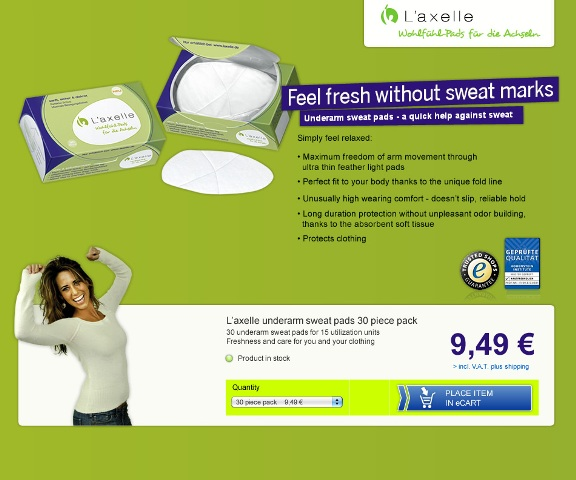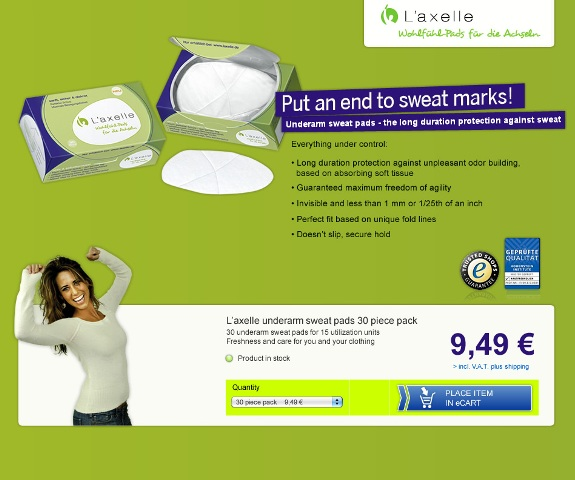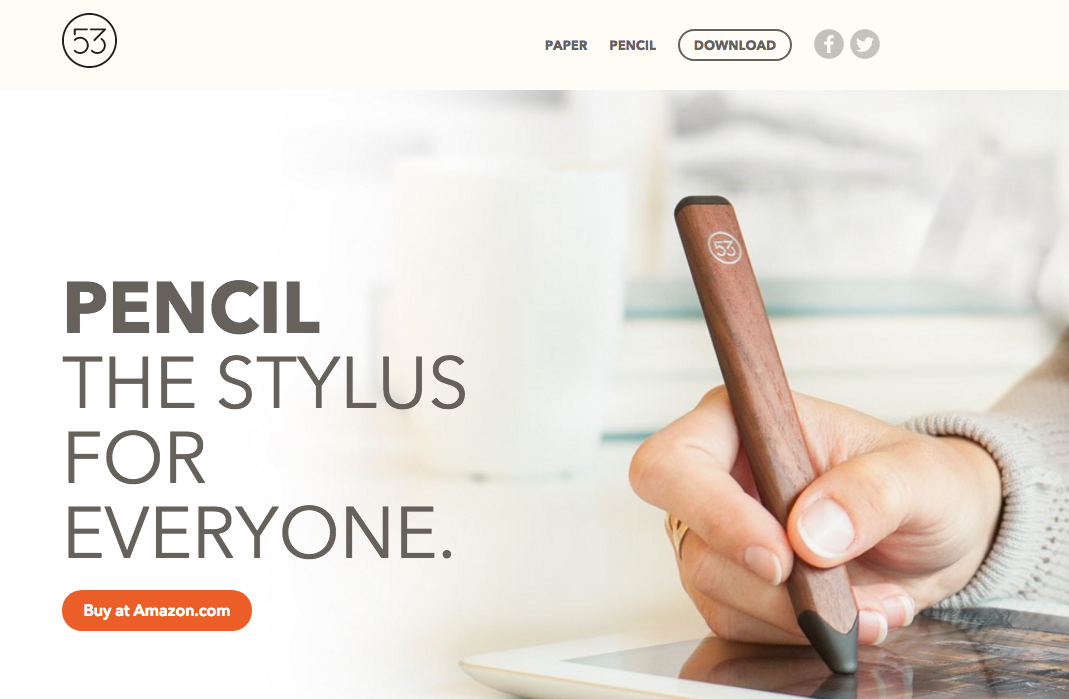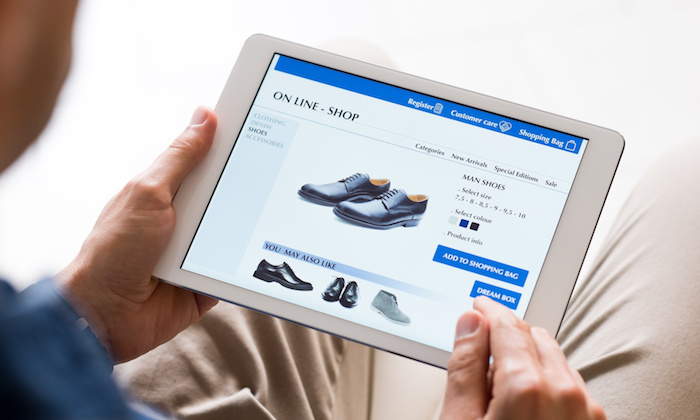Your customers have to know what they’re going to get out of your product. Nail the copy Copy is a crucial part of any strategy. On most e-commerce pages, there’s a headline or “marquee” copy. Now you have to keep them on the page. Somewhere on your page, you need to make your user feel an immense desire for your product. For example, Square creates desire by including testimonials: This creates social proof and lets your visitors know that other people are benefiting from your product. To make a CTA that stands out, you need to let users know that by clicking on it, they’re able to get a benefit. But it goes to show that an e-commerce page can have a variety of CTAs that compel the user to take action. Optimize your checkout page While your checkout page is technically different from your product page itself, it still plays an important role in the conversion process. Keep pushing yourself and finding new ways to make your product page even better.

High conversion rates have become somewhat of a myth.
Some people talk about them as if they’re Bigfoot. They believe converting well doesn’t really happen, that it’s just fiction.
Others say that only an elite few can achieve super high conversion rates.
Me? I think that’s total baloney!
It’s completely possible to convert well. The rates you’ve dreamed of can become reality.
I know because I’ve done it, and I’ve watched others do it.
While there’s no magic equation that you can follow, there are certain elements that every high converting page has in common.
I don’t want you to have to figure those out on your own, so I’m going to talk about them in this article.
Some of my clients have been able to build pages that convert at 26%.
Yes. You read that correctly.
How would a 26% conversion rate change your business? How much more money would you make?
I’m going to show you exactly how to replicate that success.
Specifically, I’ll be talking about e-commerce.
It doesn’t matter if you’ve just started an online store or if you’ve been in business for years. If you need a product page that converts like crazy, this article is for you.
Start with your unique value proposition
Your unique value proposition (UVP), also known as a unique selling proposition, is the main benefit you offer.

Your UVP is the focal point of your product page. It’s what everything you do should revolve around.
Your customers have to know what they’re going to get out of your product. If they don’t, they’re not going to hang around your page to find out.
You might have heard of the saying “sell benefits, not features.”

Your UVP is the big benefit you offer.
It’s easy to tell what Shopify’s UVP is:

See how it’s plastered front and center on the page? That’s what you should do.
This is how several of the best product pages I know are structured.
But you have some flexibility here.
Shopify tells its users exactly what it is. But you can also lead with a bit of intrigue.
Look at RainmakerPlatform.com:

The big text is definitely a benefit, but it doesn’t tell you what specifically you’re looking at.
It makes you want to keep reading, right? Sure enough, you find the UVP in the next paragraph:

That’s another way to approach the UVP.
Whatever you choose, make sure your visitors know your UVP within 10 seconds. Within 5 is even better.
Each second is precious. 55% of people spend less than 15 seconds on a page.
Every second counts––literally.
That’s why it’s important to make your benefit clear right from the start.

But what if you don’t know what your UVP is?
It’s pretty easy to come up with one.
First, think about what value you bring. What does your product or service actually do for people?
The more specific, the better. “Get 2x your current sales in 3 weeks” is much better than “get more sales.”

Second, ask yourself what makes that value truly unique. There are tons of businesses in your space. Why do you stand out?
It’s a tough question, and it may help you find some areas for improvement.
If you can’t answer that question, you need to figure out why.
You should be one-of-a-kind at something. Find that something.
Once you’ve answered both questions, you can create your UVP.

If you want to read more about UVPs, check out this guide.
Don’t move on until you have a killer UVP. It will make or break your page, so don’t continue without it.
Nail the copy

Copy is a crucial part of any strategy. Whether it’s SEO or marketing, it’s one of the most critical parts to get right.
If you want to sell your product, you need to have remarkable copy. That shouldn’t be a surprise.
What might be surprising is just how much your copy affects your customers.
German company L’Axelle found that making their page copy more action-focused led to a 93% increase in clicks. No joke.
Here’s the old copy:

And here’s the revised copy:

A few small changes led to almost double the number of clicks on the page.
That’s how important copy is.
For e-commerce, I like to use the AIDA formula.
If you haven’t heard of it, it stands for Attention, Interest, Desire, and Action.

It’s a go-to formula that almost every copywriter uses.
Why? It produces some amazing results. It’s a tried and true strategy that always works.
I’ll break down AIDA specifically for an e-commerce setting.
Grab your users’ attention
If you want to draw attention, you have to read your customers’ minds.
I know that sounds impossible, but you can actually do this.
Reading your customers’ minds is all about figuring what they want at this point in the sales funnel.
If someone is visiting your product page, they’re at the top of the funnel.
This fits into the AIDA formula:

This doesn’t mean that you have their attention. It means that the user is at the stage where they want their attention to be grabbed by something.
That’s where your copy comes in.
On most e-commerce pages, there’s a headline or “marquee” copy.

This is usually the first thing your visitors will see.
This copy carries a lot of weight for your page. It has to capture your visitor’s attention and keep them interested.

There are other elements at work too, but we’ll get to those later.
Your headline copy has to scream a benefit.
It doesn’t have to be long, but it has to be impossible to ignore.
You know when you hear a song and it gets stuck in your head? That’s what you want your copy to do.
Specifically, your copy should give your visitors a reason to be interested.
Let’s look at Wistia’s headline text.

Wistia won’t get any awards for being an exceptionally…

COMMENTS